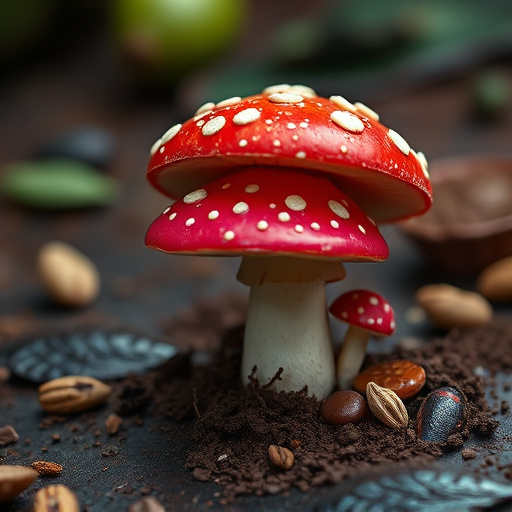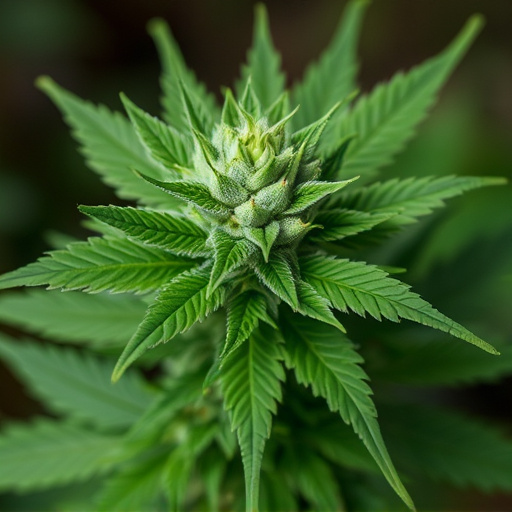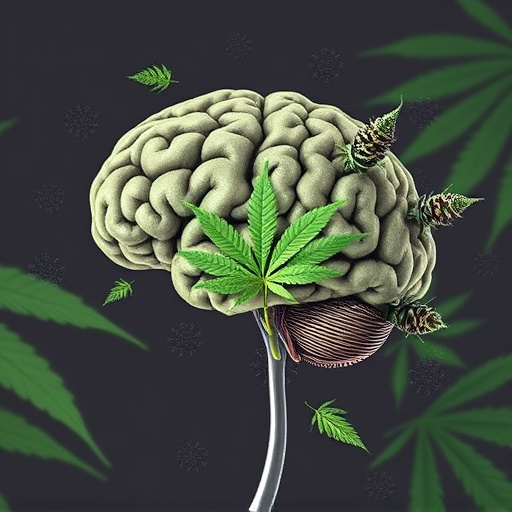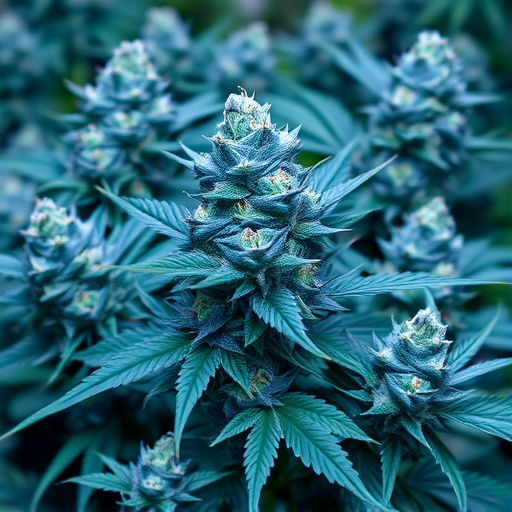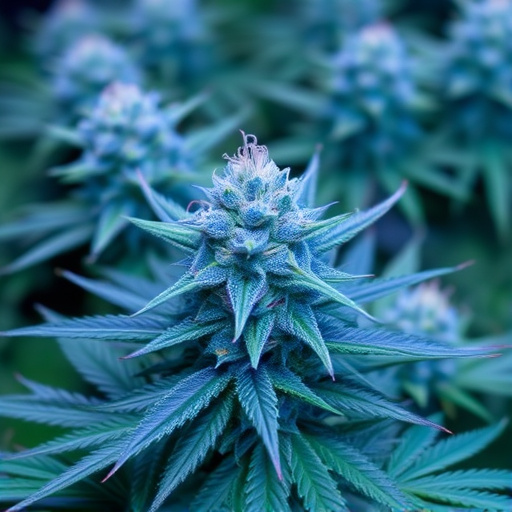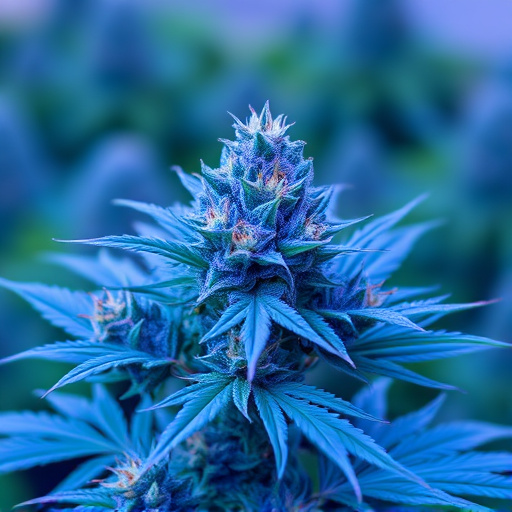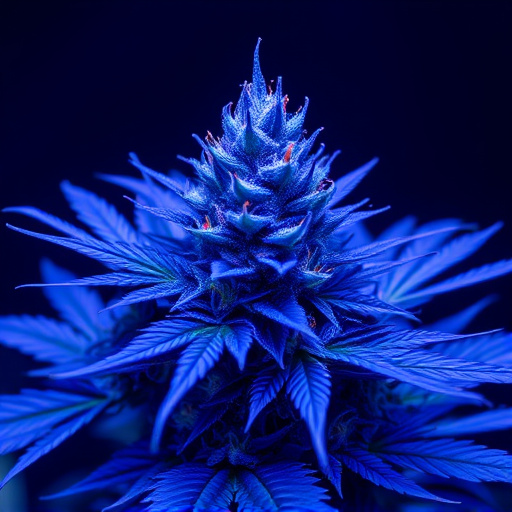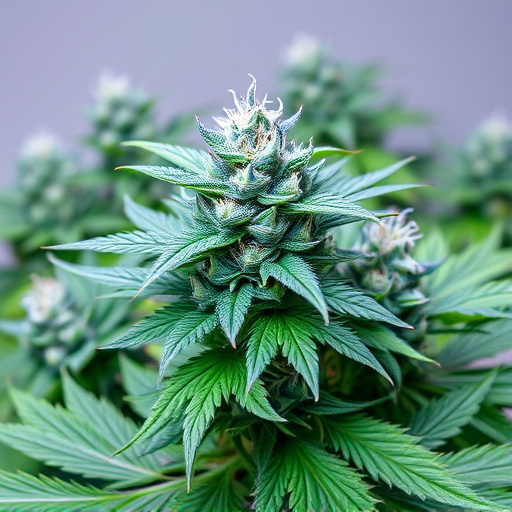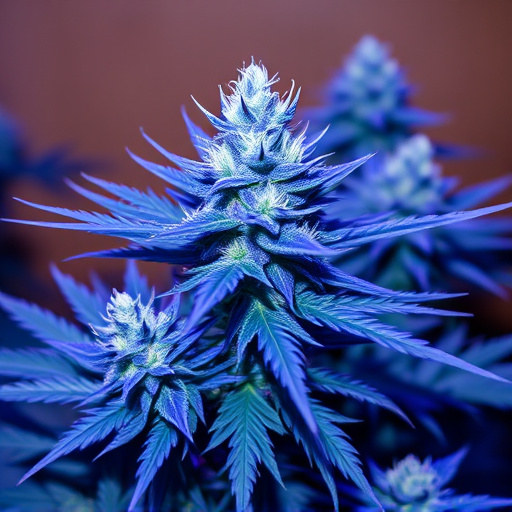Advanced drug testing methods, like urinalysis and GC-MS, accurately identify blue marijuana strains, which have high THC levels and unique compounds. These techniques are crucial in legal settings, raising awareness of their implications for cannabis users. Strategies to avoid positive test results include specialized cleaning, dietary changes, hydration, and exercise to reduce cannabinoid presence in the body.
Weed can still show up in drug tests even after smoking. This is particularly true with blue marijuana strains, known for their potent effects and unique properties. Understanding how these strains impact testing methods is crucial. This article delves into the science behind drug testing, explores the effect of blue marijuana on common test types, and provides strategies to reduce detection, offering valuable insights for those concerned about accurate results.
- Understanding Drug Testing Methods
- The Impact of Blue Marijuana Strains on Tests
- Strategies to Reduce Weed Detection in Tests
Understanding Drug Testing Methods
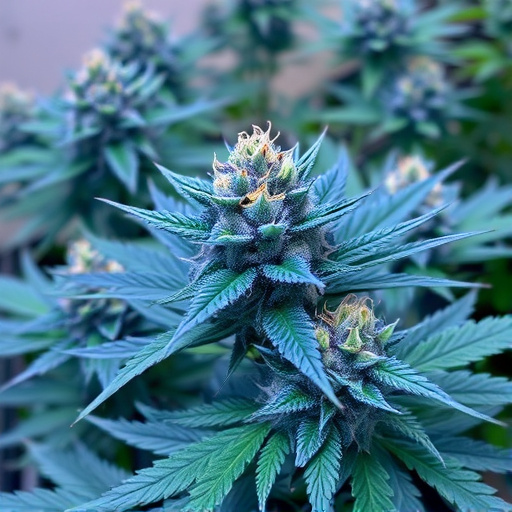
Drug testing methods have evolved significantly over the years, with various techniques used to detect substance use. One common area of focus is identifying the presence of marijuana, particularly its blue strains, in an individual’s system. These tests typically involve analyzing urine, hair, or blood samples. The most widely used method is urinalysis, where chemical reagents are used to detect specific compounds associated with cannabis metabolism. This process can identify both recent and past marijuana use.
Advanced technologies like gas chromatography-mass spectrometry (GC-MS) offer even more precise results. GC-MS can detect trace amounts of cannabinoids, such as THC, in biological samples, making it a powerful tool for identifying blue marijuana strains. This method is often employed in legal settings, including employment and criminal justice, to ensure accurate drug screening. Understanding these testing procedures is crucial when considering the potential implications of using blue marijuana strains or any other form of cannabis.
The Impact of Blue Marijuana Strains on Tests
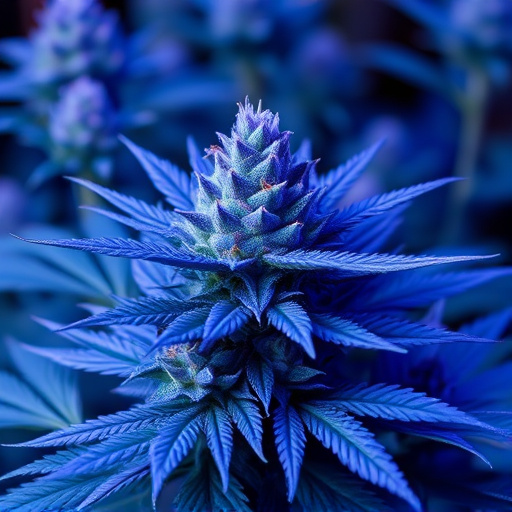
Blue marijuana strains, known for their unique colors and potent effects, can significantly impact drug tests due to their high THC content. These strains have gained popularity among users seeking enhanced relaxation and euphoria, but this increased potency also means higher chances of detection in standard drug screenings. When tested, blue strains can produce positive results on urine or blood analysis, as THC remains in the body for an extended period, leading to potential legal repercussions.
The specific compounds in blue marijuana, including high levels of terpinen-4-ol and myrcene, contribute to its distinctive profile. While these terpenes offer therapeutic benefits, they can also interfere with testing methods, making detection more challenging. However, advanced testing technologies are continually evolving to identify even trace amounts of THC, ensuring that using blue marijuana strains does not go undetected.
Strategies to Reduce Weed Detection in Tests

Many people using cannabis for medicinal or recreational purposes worry about its detection in drug tests, especially in workplaces and legal settings. While traditional methods like urine testing can pick up traces of THC (the main psychoactive compound in marijuana), there are strategies to reduce the likelihood of positive results, even with potent blue marijuana strains.
One effective approach is to use specialized cleaning products and detoxifying agents designed to flush out cannabis metabolites from the body. These products, often in the form of dietary supplements or enemas, help speed up elimination processes. Additionally, adopting a strict low-THC or THC-free diet for several weeks before testing can significantly lower the risk of detection, as cannabis residues build up in fat cells and can take time to dissipate naturally. Furthermore, staying hydrated and maintaining regular physical activity can contribute to faster metabolism and excretion of cannabinoids, making it harder for tests to identify their presence.
In conclusion, understanding how weed shows up in drug tests is crucial for those concerned about its detection. The article has explored various testing methods and the unique impact of blue marijuana strains. By employing strategies to reduce detection, such as proper timing and specific cleansing methods, individuals can navigate these processes with more confidence. Remember that ongoing research into cannabis metabolism continues to provide insights, potentially leading to more accurate and reliable testing methods in the future.
